Sacred forbidden forest at a Japanese shrine has been off-limits to visitors for centuries
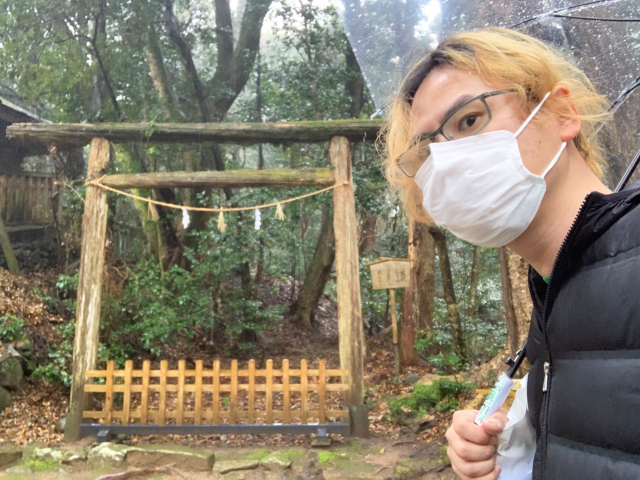
We get to enter a holy land that’s been protected since ancient times, and it reminds us of the world of Princess Mononoke.
Recently, our Japanese-language reporter Seiji Nakazawa has been on a mission to enter as many prohibited areas in Japan as possible. That doesn’t mean he’s illegally entering private property, though, as the forbidden areas that appeal to him are the ones that visitors enter at their own risk, with the possible repercussions being a curse on their souls.
So when he heard about a forbidden forest called Izuru no Mori in Ishikawa Prefecture, he immediately took to the Internet to find out more. That’s when he discovered the forest was actually a sanctuary located behind the main shrine of Keta Grand Shrine, which has a history stretching back more than 2,000 years.
▼ Pilgrimages to the forbidden forest can be booked on official website (seen in the red section below)
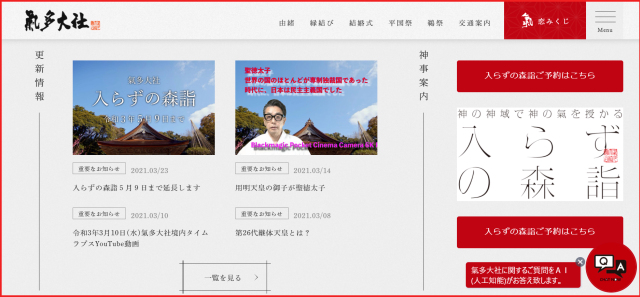
Looking closely at the fine print, Seiji found that visitors are required to pay a 3,000 yen (US$27.78) prayer fee in order to enter the forest. Seiji figured this was a bargain, especially when he realised that rather than being cursed, those who enter the forest are said to “receive the blessing of the gods“.
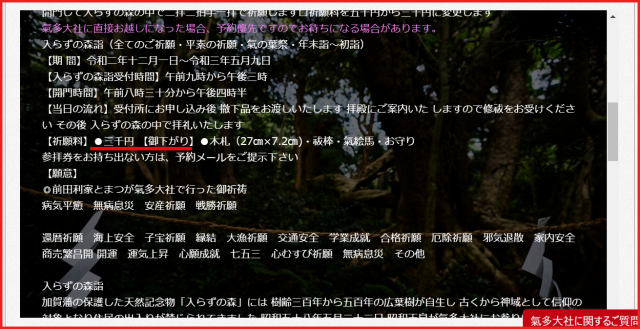
Having entered so many cursed sites in the past, Seiji was in dire need of a blessing, so when he found that tickets can be booked online before your visit, he whipped out his credit card and immediately made a booking.
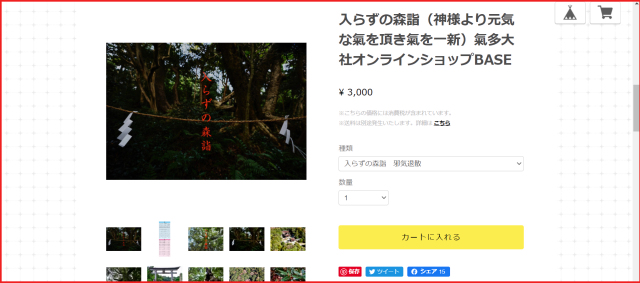
As he searched around the Internet for more information about the hidden forest, Seiji discovered that the holy area became open to the public for the first time in 400 years on 1 December 2019. While it was only scheduled to be open to the public for one month, the period was extended, with tickets currently available up until 9 May 2021.
Pleased to have found out about the forbidden forest while there was still a chance to see it, Seiji made his way to Ishikawa, and when he arrived, it was pouring with rain, which somehow made the site seem even more mystical.
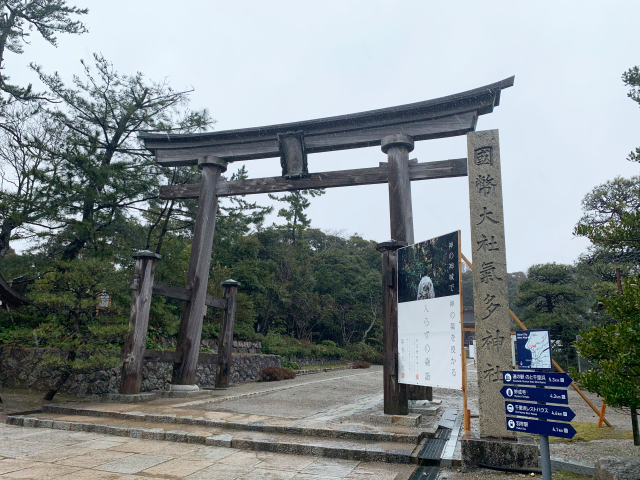
As he approached the main shrine, he was greeted by a large signboard that read “Forbidden Forest Pilgrimage“, with an arrow guiding visitors to the entrance.
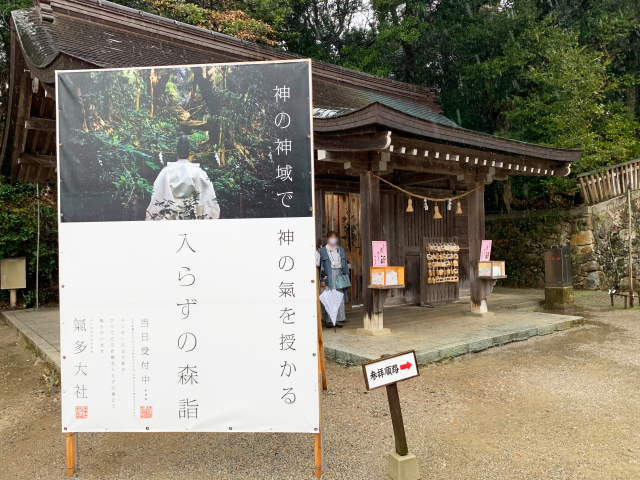
After stopping at the reception desk to show his ticket, Seiji was guided into the hall of worship for a purification ceremony to help cleanse his spirit before entering the virgin forest. The priest began the ceremony by giving thanks at the altar before waving an oonusa (a pole with paper streamers attached to it) over Seiji. The oonusa acts like a purification wand, and as the sound of the shrine drums rang out through the rain, Seiji felt his shoulders becoming lighter and his spirit lifting, as if all the curses he’d accumulated through past visits to forbidden areas were finally leaving his body.
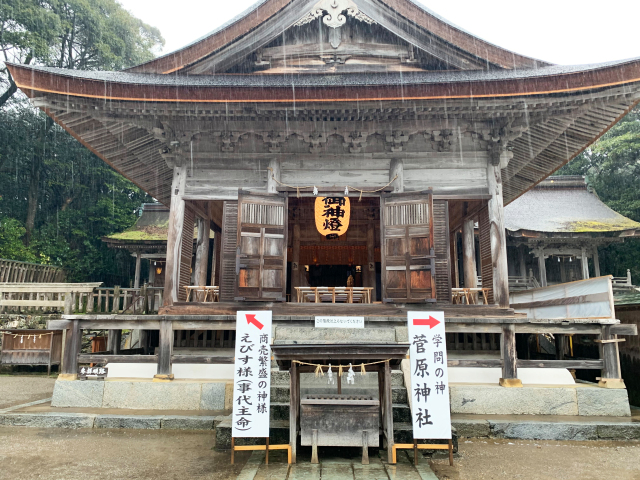
With his spirit now cleansed, Seiji was ready to enter the holy area to receive the blessings of the gods. He was guided to the right-hand side of the Hall of Worship, where he got his first glimpse at the beauty of the natural environment in the area with this scene, which reminded hum of the magical kodama forest spirits from the Ghibli animated film Princess Mononoke.
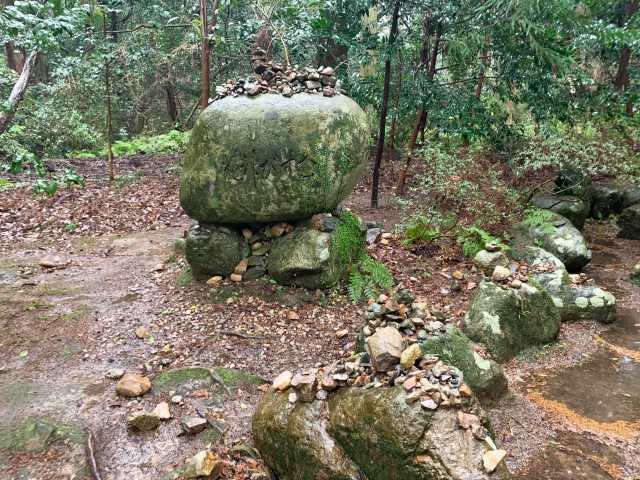
As he approached the entrance to the forest, he saw a torii gate, which is used to mark the path of the gods. These gates often appear at entrances to shrines in Japan, and once you enter them, the polite etiquette is to walk on the left or right-hand side of the path that follows as you walk up to the shrine, as the centre of the path is said to be reserved for the gods.
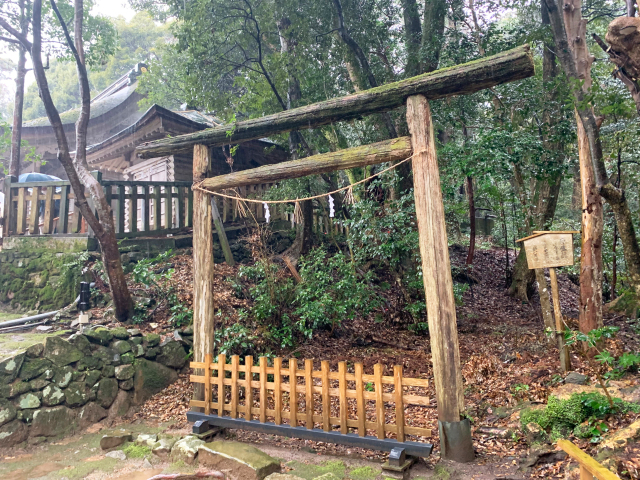
The gate pictured above, however, is used to signify that the forest behind it is sacred, and visitors are not allowed to walk through it at all. Instead, visitors are required to enter the forest through a wooden gate at the top of a set of stone steps to the left of the torii.
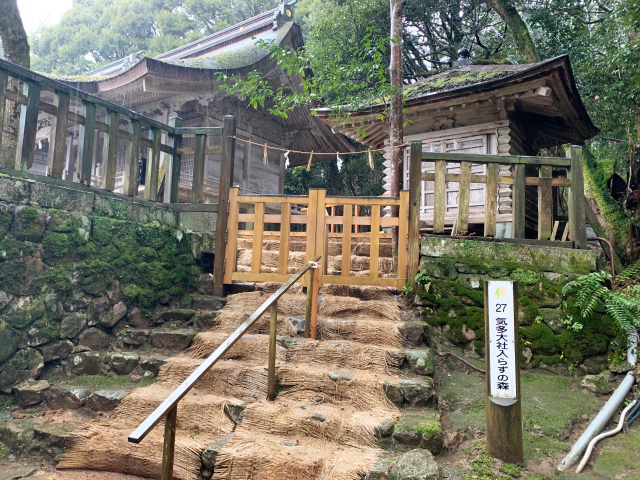
The forest is so sacred that photography is prohibited past this point, so the photos that follow were kindly provided to us by the shrine’s official photographer. The first thing Seiji noticed when he entered the wooded area, with a shrine priest by his side to guide him, was the fact that the path was covered in nylon, as a countermeasure to prevent shoes from touching the forest soil.
The Forbidden Forest, which is believed to have existed for around 3,500 years, is protected as a National Natural Monument, due to the fact that it’s “a place where you can see the prototype of the Japanese forest“. Therefore, bacteria and non-native species from the soles of visitors’ shoes can run the risk of threatening the delicate forest ecosystem.
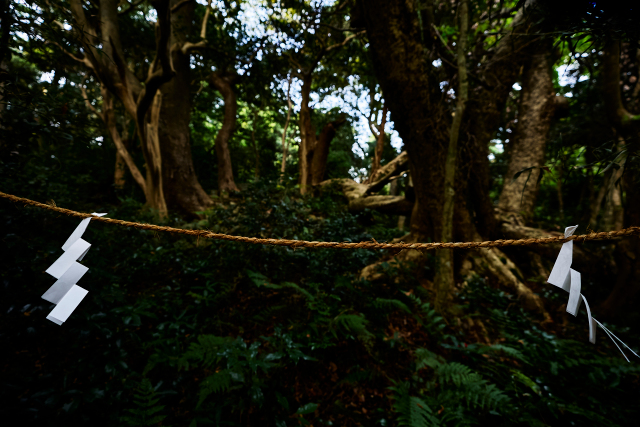
Because of this, touching trees in the forest is also not allowed, even if they come close to the path. Seiji saw many of these large trees right beside him as he made his way along the 40-50 metre (131-164 foot) long pathway, and was careful to avoid them as he walked past them.
It was a scenery he never would’ve imagined possible from outside, with the plants and trees living harmoniously, thriving through symbiotic relationships that we humans costantly strive to achieve in our everyday lives.
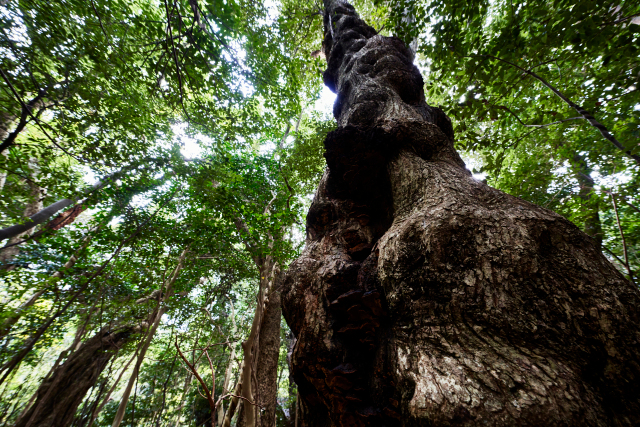
Seiji could feel the dynamism of life in the whirlpool of trees that surrounded him. According to the shrine priest, the trees here grow branches while competing for sunlight, and as the branches break due to snow and wind, they create new patches of sunlight and new space for other branches to grow, constantly evolving like one living, breathing entity that encapsulates the awesome power of nature.

The forest was truly awe-inspiring in its natural, rugged beauty, and Seiji and the priest stopped midway to worship the area with two bows, two claps, and one bow, in the same way worshippers pay their respects at shrine buildings in Japan.
After they’d paid their respects to the sacred area, the Forbidden Forest pilgrimage was complete, and Seiji was released back out into the concrete jungle. The whole experience, including the purification ceremony, took around 16 minutes, with the forest visit taking about seven minutes.
Though it may have been short, the visit was incredibly impactful, and now that Seiji has received the blessings of the gods, we’ll just have to wait and see if he’s prepared to dance with the devil again, like he did when he entered this cursed tunnel and took his chances with the vengeful spirit of a samurai.
Shrine information
Keta Grand Shrine / 能登國一宮 気多大社
Address: Ishikawa-ken, Hakui-shi, Jikemachi, Ku1-1
石川県羽咋市寺家町ク1-1
Website
Photos ©SoraNews24
Taira no Masakado image: Wikipedia/ロロ~commonswik
● Want to hear about SoraNews24’s latest articles as soon as they’re published? Follow us on Facebook and Twitter!
Credit:

0 comments:
Post a Comment